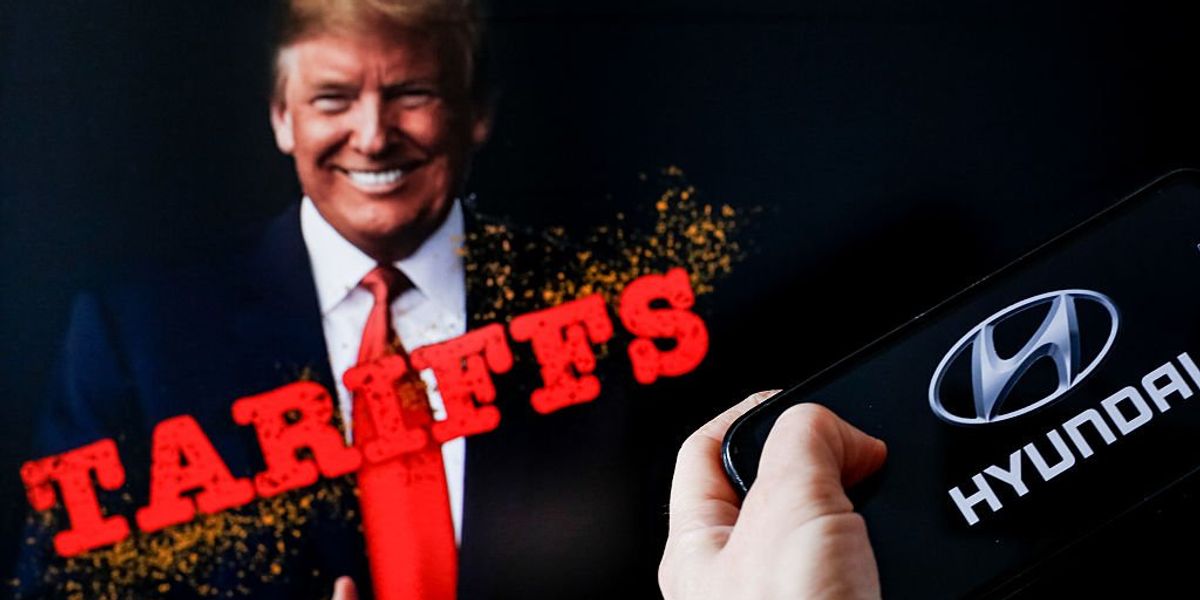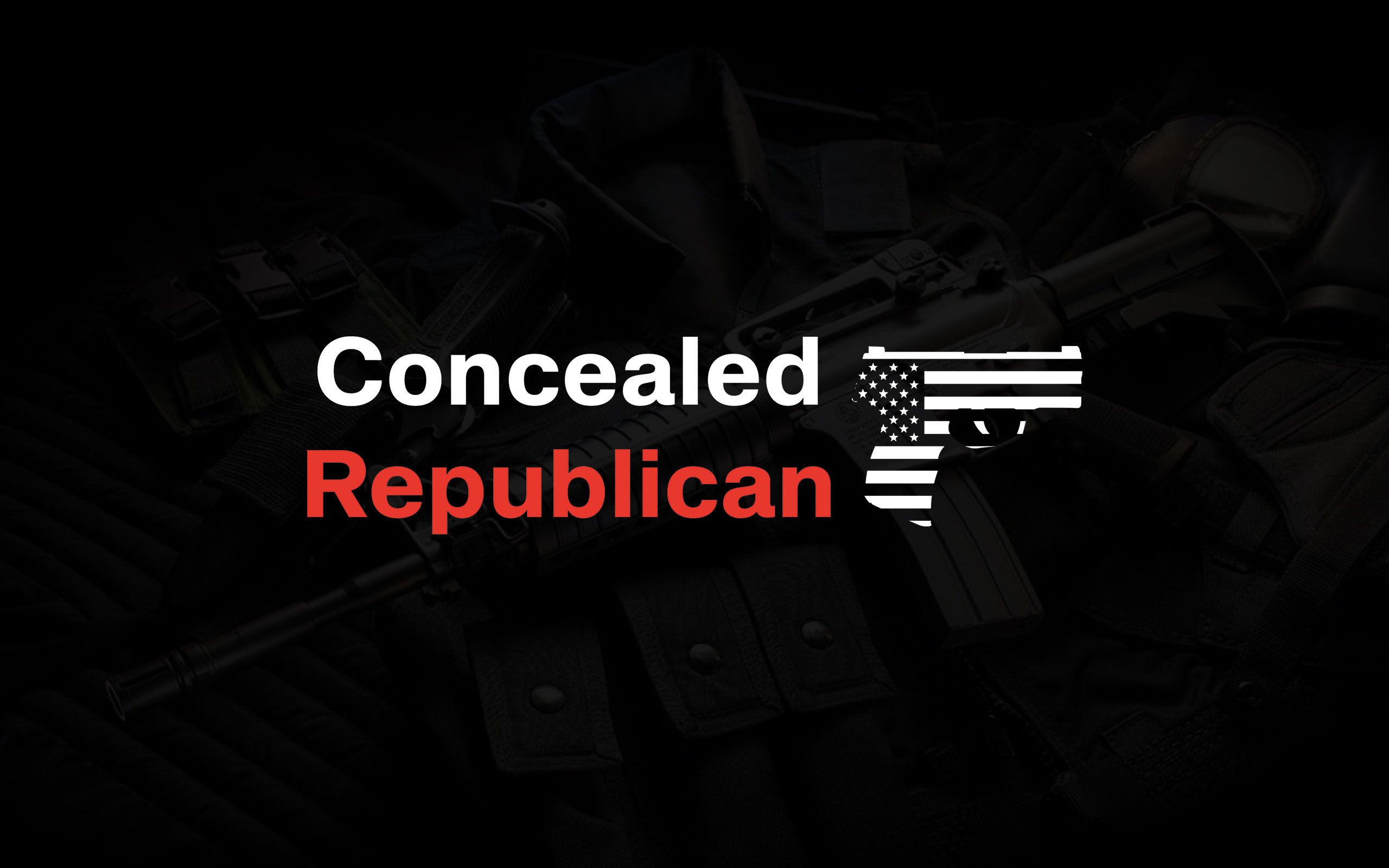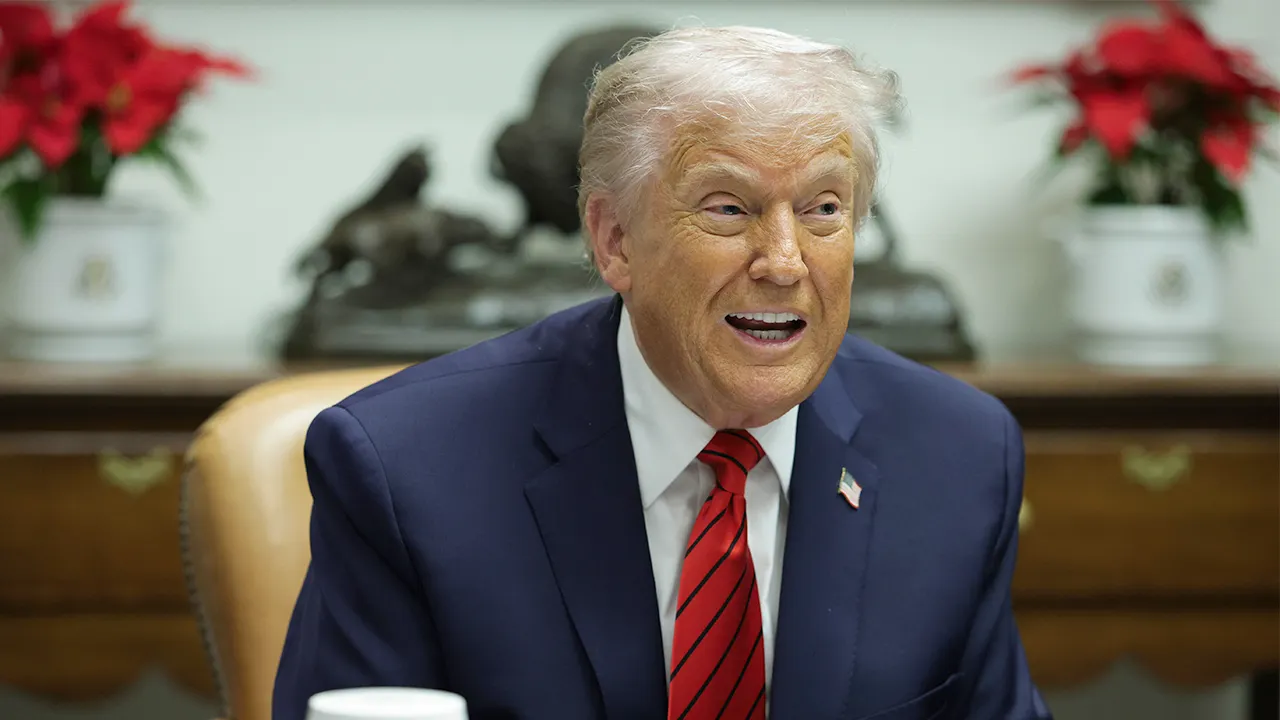When it comes to tariffs on foreign cars, President Trump seems to have a simple philosophy: “The higher you go, the more likely it is they build a plant here.”
This bold strategy is already showing results, with foreign automakers investing billions of dollars in American production. But it’s also raising costs for automakers and consumers.
When automakers build plants in the US, they create jobs not only in manufacturing but also in related industries like steel, logistics, and technology.
So what does this mean for the cars we drive, the jobs we create, and the prices we pay? Let’s dive into the details and unpack why this story matters to every American — and why you’ll want to understand the full impact.
Tariffs as a catalyst for US investment
Trump’s tariff strategy is straightforward: Make it more expensive to import vehicles, and automakers will have no choice but to build factories in the United States.
It’s a high-stakes chess move, and early signs suggest it’s working. General Motors recently announced a $4 billion investment in three U.S. plants, including a shift of some SUV production from Mexico to American soil.
Hyundai, too, made headlines in March with a $21 billion commitment, which includes a new U.S. steel plant. Trump didn’t mince words when he credited these moves to his tariff policies. “They wouldn’t have invested 10 cents if we didn’t have tariffs,” he said, pointing to the ripple effect on industries like American steel, which is seeing a resurgence.
RELATED: Revving up America: Trump’s Nippon Steel deal puts the pedal to the metal
Tomohiro Ohsumi/Getty Images
These investments are more than just numbers — they translate into jobs, economic growth, and a renewed sense of pride in American manufacturing. For communities hit hard by decades of outsourcing, the prospect of new factories is a beacon of hope. But the story isn’t all rosy. Automakers are feeling the pinch, and some of those costs are trickling down to consumers. The question is: Will the long-term gains outweigh the short-term pain?
The auto industry’s pushback
Not everyone is cheering Trump’s tariff plans. General Motors, Ford, and Stellantis have been vocal about their concerns, urging the White House to roll back the 25% tariffs imposed on imported autos. They argue that these tariffs drive up costs, making it harder to compete in a global market.
Adding fuel to the fire, automakers are frustrated by a recent deal that reduces tariffs on British car imports but leaves Canadian and Mexican production facing the full 25% levy. This discrepancy has created tension, as North American supply chains are deeply integrated, with parts and vehicles crossing borders multiple times before reaching showrooms.
Mexico, however, has secured a partial reprieve. Cars assembled in Mexico and exported to the U.S. will face an average tariff of 15%, thanks to reductions tied to the value of U.S. content in those vehicles. This compromise shows the complexity of Trump’s tariff strategy — it’s not a one-size-fits-all approach, and automakers are navigating a maze of regulations to keep costs down. Still, the pressure is on, and companies are being forced to rethink their global production strategies.
The cost of tariffs: Who pays the price?
Tariffs are a double-edged sword. On one hand, they’re spurring investment in U.S. factories; on the other, they’re driving up costs for automakers and, ultimately, consumers.
Ford Motor recently raised prices on some models, citing tariff-related costs that are expected to shave $1.5 billion off its adjusted earnings.
General Motors is grappling with an even bigger hit, estimating its tariff exposure at $4 billion to $5 billion, with roughly $2 billion tied to affordable Chevrolet and Buick models imported from South Korea.
Subaru of America has also hiked prices, a move that reflects the broader industry trend.
For car buyers, this could mean sticker shock at dealerships. Higher production costs often lead to pricier vehicles, especially for entry-level models that rely on imported components.
The average American family shopping for a reliable sedan or SUV might feel the squeeze, particularly as inflation and supply-chain challenges already strain household budgets.
But there’s a silver lining: As automakers shift production to the U.S., new jobs and economic opportunities could offset some of these costs over time. The trade-off is real, and it’s worth exploring how this balance will play out.
It’s also important to note that there are over 2.5 million cars that are ready to sell that are pre-tariffed. So there are some deals out there if you shop around.
Why tariffs matter to you
You might be wondering: Why should I care about tariffs if I’m not in the auto industry?
The answer lies in the broader impact. Tariffs don’t just affect car prices — they shape the economy, influence job creation, and even touch on national pride. When automakers build plants in the U.S., they create jobs not only in manufacturing but also in related industries like steel, logistics, and technology. These are the kinds of jobs that sustain communities, from small towns in the Midwest to bustling industrial hubs.
Moreover, Trump’s tariff push is part of a larger conversation about America’s place in the global economy. By incentivizing domestic production, the administration aims to reduce reliance on foreign manufacturing, a move that resonates with many Americans who want to see “Made in the USA” mean something again.
But it’s not without risks. Higher tariffs could strain trade relationships with allies like Canada and Mexico, and they might invite retaliatory tariffs on American exports. The stakes are high, and the outcome will shape the auto industry — and the economy — for years to come.
The road ahead: What to watch for
As Trump hints at raising tariffs soon, all eyes are on how automakers will respond.
Will they increase U.S. investments, as GM and Hyundai have done, or will they find ways to absorb or pass on the costs? The Detroit Big Three are already under pressure to compete with foreign automakers, which may have more flexibility in navigating global supply chains. Meanwhile, consumers will be watching their wallets, weighing the benefits of American-made vehicles against the reality of higher prices.
Another key factor is the global response. Countries like Mexico and Canada, integral to the North American auto industry, may push back against U.S. tariffs, potentially escalating trade tensions.
At the same time, the steel industry, a beneficiary of Trump’s policies, could see further growth as demand for American-made materials rises. It’s a complex web of cause and effect, and the next few months will be critical in determining whether Trump’s gamble pays off.
Why you should share this story
This isn’t just an auto industry story — it’s an American story. Whether you’re a car enthusiast, a worker in a manufacturing town, or just someone who cares about the economy, Trump’s tariff strategy affects you. It’s about jobs, innovation, and the future of American industry. Stay informed about policies that could reshape the way we buy and drive cars.
So what’s the bottom line? Trump’s tariff push is a bold move to bring manufacturing back to the U.S., and it’s already yielding results with billions in new investments. But it comes with challenges — higher costs for automakers and consumers, trade tensions, and an uncertain road ahead. By reading this far, you’ve gotten a front-row seat to one of the most consequential economic debates of our time.
So let’s keep the conversation going. What do you think about Trump’s tariff strategy? Will it drive American innovation, or is it a risky bet? The answers are still unfolding, and you won’t want to miss what happens next.
Read the full article here







![‘The Toothpaste is Already Out of the Tube’ After Jan 1st [WATCH] ‘The Toothpaste is Already Out of the Tube’ After Jan 1st [WATCH]](https://www.lifezette.com/wp-content/uploads/2025/10/2025.10.01-10.40-lifezette-68dd0532b442f.jpg)




